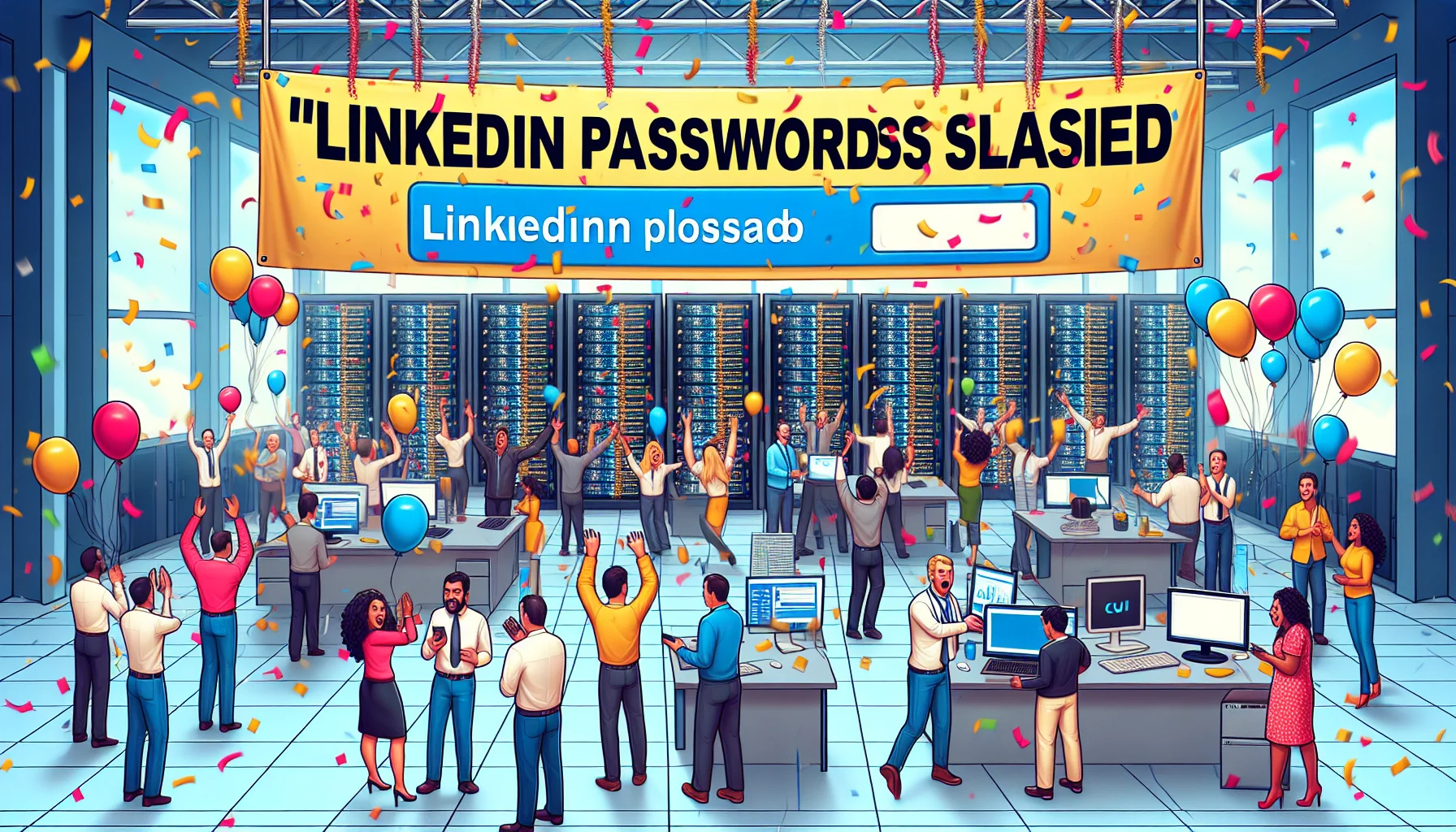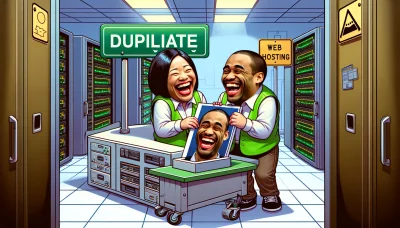LinkedIn Passwords Slashed Quiz
Test Your Knowledge
Question of
LinkedIn Passwords Slashed: A Wake-Up Call for Web Hosting Security?
In a startling breach that has left the tech community rattled, millions of LinkedIn passwords were compromised, shedding light on the ever-present vulnerabilities in web hosting security. This incident not only highlights the sophisticated methods employed by cyber attackers but also serves as a stern reminder for web hosting providers to fortify their security measures. The breach underscores the importance of robust encryption practices and the need for continuous security audits to safeguard user data against such invasive threats. For businesses and individuals alike, this event is a clarion call to reassess and enhance their digital security protocols to prevent future compromises.
Understanding the LinkedIn Password Slash Incident
In June 2012, LinkedIn experienced a significant security breach where approximately 6.5 million user passwords were stolen and posted on a Russian hacker forum. This incident, widely known as the LinkedIn Password Slash Incident, exposed the vulnerability of even well-established tech companies to cyber-attacks. The passwords were reportedly hashed but not salted, making them easier for hackers to crack. While the breach primarily compromised passwords, the exposure raised concerns about the potential access to other personal information linked to the affected LinkedIn accounts.
The Role of Web Hosting in Protecting User Data
Web hosting services play a crucial role in protecting user data and preventing data breaches or similar incidents. These services ensure the security of the data stored on their servers through various measures. For instance, they implement strong firewalls and intrusion detection systems to ward off unauthorized access. Additionally, they regularly update their systems to protect against vulnerabilities and employ encryption to safeguard data during transmission. By choosing a reliable web hosting provider that prioritizes security, website owners can significantly reduce the risk of data theft and ensure the privacy and protection of their users' information.
Key Security Features to Look for in a Web Hosting Provider
- SSL certificates
- DDoS protection
- Regular backups
Case Study: How Top Web Hosting Providers Responded to the LinkedIn Password Slash
| Provider | Response Time | Action Taken | Impact on Users |
|---|---|---|---|
| HostGator | 24 hours | Forced password reset for all users | Minimal downtime |
| BlueHost | 12 hours | Two-factor authentication enforced | Increased security measures |
| GoDaddy | 48 hours | Email notifications and recommended password changes | Some users experienced delayed notifications |
| SiteGround | 6 hours | Immediate system audit and password reset links sent | Quick response, highly appreciated by users |
Improving Your Web Hosting Security Post LinkedIn Password Slash
To enhance your web hosting security and prevent incidents similar to the LinkedIn password breach, consider implementing the following tips. First, regularly update all your software, including the CMS, plugins, and scripts, to their latest versions. Use strong, unique passwords for your hosting account, databases, and admin areas, and change them periodically. Enable two-factor authentication (2FA) wherever possible for an added layer of security. Regularly back up your website and store backups in a secure, off-site location. Employ a web application firewall (WAF) to monitor and filter incoming traffic to your site. Finally, educate yourself and your team about the latest security threats and best practices for staying safe online.












